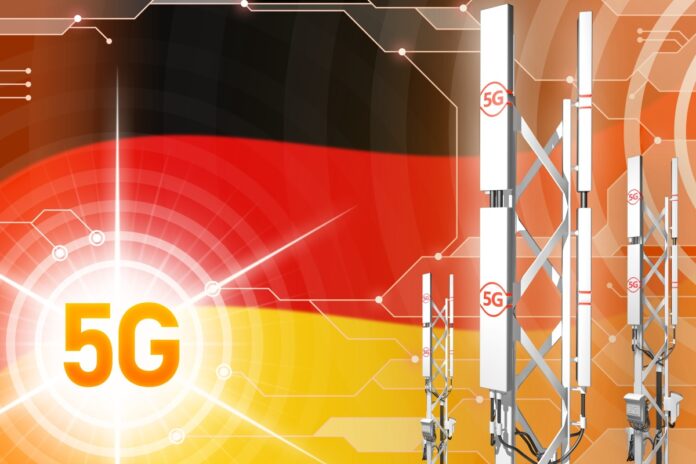The dispute between Telefónica and 1 & 1 Drillisch led to an extra seven week-long delay in the allocation of 5G frequencies.
Golem.de reported that the spectrum allocation at the Marathon spectrum auction, which finally concluded on 12 June, having begun in March, had given rise to a disagreement between the two parties.
A statement from Telefónica Deutschland said the spectrum allocation for Vodafone and Deutsche Telekom (DT) was clear at the end of the auction in the 3.6GHz (3.4GHz to 3.7GHz) range.
Vodafone gained the lower end of the 3.6 GHz spectrum, from 3.4 GHz upward, while DT was awarded the upper range, from 3.7GHz downwards.
Telefónica and 1 & 1 Drillisch were left needing to agree on the exact allocation in the middle range between the frequency blocks awarded to the other two.
1 & 1 Drillisch spent €1.07 billion on 5G frequencies to enable its CEO, the self-made billionaire Ralf Dommermuth, to achieve his dream of founding a fourth German mobile network.
Breaking up the oligopoly
In Janaury 2019, after Drillisch said it would enter the spectrum auction and rely on network roaming for national coverage while building out 5G, Reuters commented that Drillisch, “Threatens to shake up a cosy oligopoly that has left Europe’s largest economy lagging on connectivity just as the United States, China and South Korea forge ahead on 5G.”
The dispute over the middle ground caused an additional delay of just under seven weeks.
Telefónica and 1 & 1 Drillisch would not comment on the dispute. A spokesperson for United Internet (which owns 1 & 1 Drillisch), Mathias Brandes, told Golem.de: “We are in talks about a national roaming agreement with network operators and talking to potential partners about grid construction. Once this is done, we can work with grid planning and construction can begin.”
Telefónica’s spokesperson, Guido Heitmann, confirmed the regulator had carried out the final allocation and that that company was satisfied with the decision, and “Based on this allocation, more concrete planning of frequency usage for the further grid expansion is now possible.”



